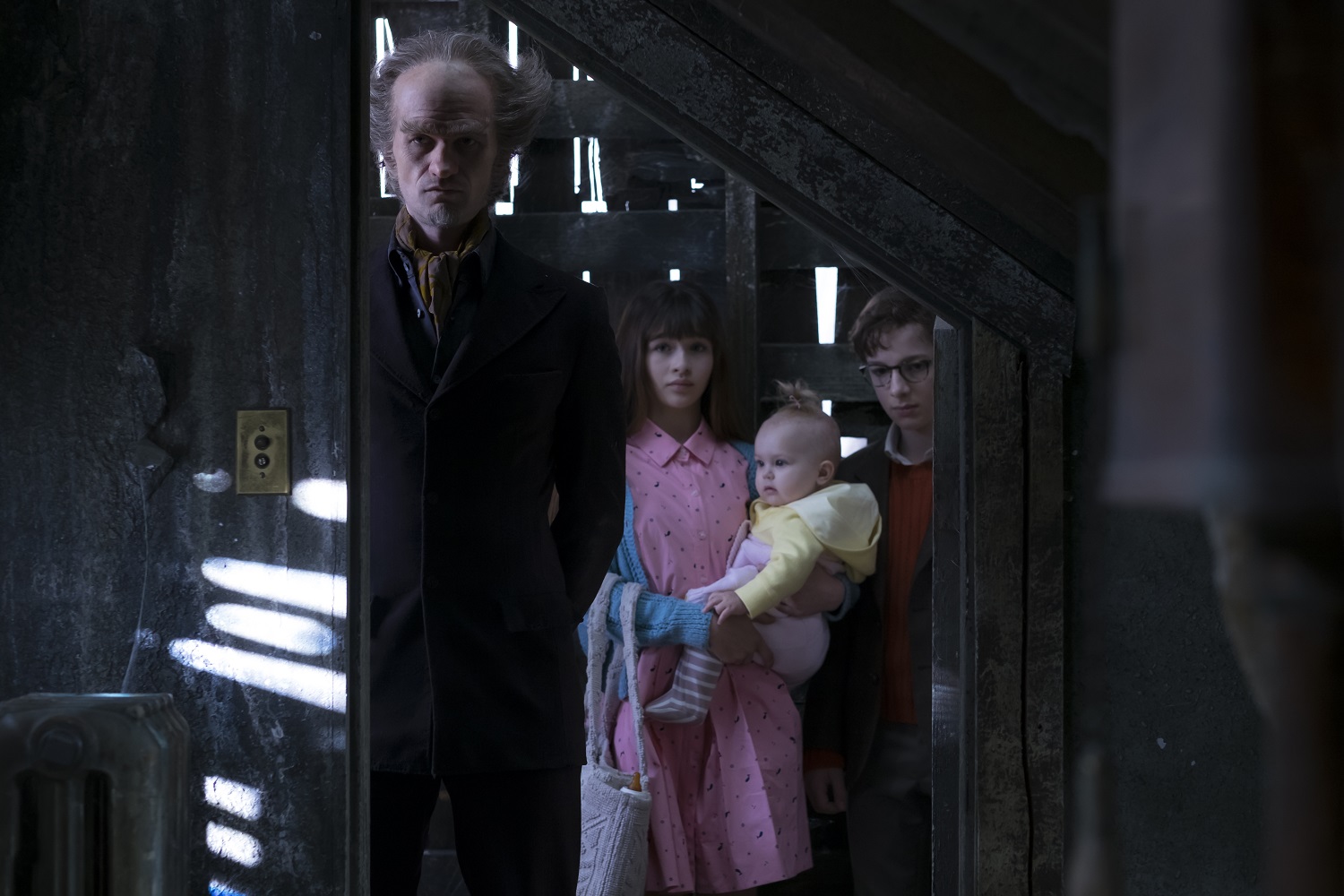A Role Model Ahead of Her Time
Though overlooked at the series’ initial release, Violet’s role as a strong, nuanced protagonist is finally garnering the recognition it deserves.
By Uwana Ikaiddi, University of Central Florida
The idea of the female protagonist has changed in many ways throughout the history of media, and the past few years in particular have made way for the advent of the “strong female protagonist.”
The new, tough-yet-sexy breed of femme fatale was popularized to counteract the idea that women were weaker than their male counterparts. To prove as much, at least initially, writers simply began putting women in situations that were formally exclusive to males, specifically combat scenes. The most famous (or infamous, depending on your taste) of these neo-protagonists emerged in books such as “Divergent” and “The Hunger Games,” movies like “The Avengers” and “Batman v. Superman,” and in video games such as “Tomb Raider” and “Metroid.”
Though the breakthrough in representation certainly marked a step in the right direction, it came with a problem. New audiences wanted women to be seen as physically strong, but, as a result, the writers behind the characters often eschewed other, more realistic traits to the side. Instead of producing well-rounded individuals, whose narratives were replete with the same depth and the nuance that male characters received, these new models lacked convincing motives or human foibles.
Recently though, Netflix has introduced, or re-introduced, a female protagonist who represents the successful culmination of strength and realism.

Based off the series written in 1999 by the elusive Lemony Snicket, “A Series of Unfortunate Events” tells the story of orphans Violet, Klaus and Sunny Baudelaire as they navigate their gothic and vaguely steampunk world, all while trying to keep a respectable distance from Count Olaf, a sinister actor who wants to steal their family fortune. The series stands out from other shows aimed at younger audiences, however, because of the eldest Baudelaire orphan, Violet, an inventive 14-year-old intent on breaking the clichéd mold of the strong, female protagonist.
1. The Inventor
Violet is an inventor who works with all things mechanical, and her obsession with tinkering saves her and her siblings on multiple occasions. Never afraid to tie her hair up and get a bit dirty, the plucky builder jumps at any opportunity to work on her inventions, such as the grappling hook she makes to save Sunny from a cage, or the lock pick she fashions from common household items to break into Count Olaf’s briefcase.
But, ironically, her affinity for all things mechanical is partly why her character faded into obscurity after the popularity of the books waned; the very trait that made Violet so iconic, also made her unrelatable.
In particular, Violet paled in comparison to her contemporary counterpart, Hermonie Granger. Although both characters were intelligent females, the staying power of “Harry Potter” is in part a testament to the ability of audiences to identify with Hermonie.
Violet’s inability to connect with girls in the early aughts makes perfect sense: How many preteen women were actively encouraged to fiddle around with machinery and power tools? Until recently, engineering was a strictly male domain; rarely would you encounter a young girl interested in the field, especially at such a young age. Parents weren’t keen on letting their “little princesses” mess around with tools, making it hard for kids to connect with Violet, despite her positive example.
Since the books’ release, though, society has made important, if only gradual changes, to the outdated concepts of what women can be. Women are now encouraged to apply to STEM fields, and though their representation still lacks, the push is for more female engineers, not fewer. As a result, Violet can now be seen for what she always was, a ceiling-shattering, role-defying prodigy. Even now, so much of her value as a role model comes from her character’s rarity, so imagine how avant garde her profile was nearly two decades ago.
2. The Mother
Audiences should not only praise the ass-kicking Black Widows or erudite Hermiones, they should laud the young girl whose knack for invention doesn’t require a lack of femininity. Throughout the series, Violet embraces several traditional gender roles, and in fact assumes the role of Sunny’s maternal figure following the death of her parents.
Hearteningly, Violet is made no weaker by her motherly instincts, quite the contrary in fact. Her desire to take care of her siblings is exactly what provides her with the strength to combat the advances of Count Olaf at every turn.
Her empathetic streak extends beyond childcare, though. Even though Snicket does an amazing job of balancing the gothic mood with absurd humor, the series is certainly shrouded under a cloud of depression, something the narrator reminds viewers with every episode.
Despite the pall, Violet also serves as the family’s emotional rock. She remains positive even in the worst of circumstances, constantly working to maintain the Baudelaire morale. The writers, though, are careful not to make her one-dimensionally optimistic; like any individual, her spirit flags at times.

Ultimately, Violet serves as the protector of the well-being, both psychological and physical, of her family. She takes calculated risks that seem dangerous but, in the end, are necessary for keeping her siblings safe. The gifted child is even prepared to sacrifice her own freedom by marrying Count Olaf, just to keep her siblings from harm.
Her actions reflect a kind of strength that differs from, and is more realistic than, the kind that it takes to fight aliens. Violet’s dedication to her family, and her determination to see them safe, proves that it is possible to be both strong and nurturing.
3. The Persevering Protagonist
Though she does what it takes to defend her family, Violet is no fighter. She is mature enough to understand that in some cases, resistance can make problems worse. Instead, she chooses to overcome obstacles by crafting contraptions fueled by Klaus’ research, or by creating convincing disguises in the same vein as her nemesis, Count Olaf.
Occasionally, the family’s ingenuity fails to provide a solution to their problems, in which case the three Baudelaires just flee the scene entirely, giving themselves more time to reevaluate and plan. Importantly though, Violet never gives up on a problem, no matter how difficult it may seem at first.
Her determination serves as another important lesson, as the Harvard Business Review, among other sources, has found that women often limit themselves out of a fear of failure. Violet’s example is proof that even in the face of uncertainty, the only sure route to failure is giving up. Sometimes her schemes work and sometimes they fail, but she never withdraws from a challenge.
In these ways and more, girls (and women) would do well to learn from Violet’s example and find inventive ways to overcome adversity. Though her role may have been overlooked earlier in the millennium, social mores have shifted, and now Violet Baudelaire can be appreciated for the luminary that she is.













[…] Violet the inventor from A Series of Unfortunate Events for instance. She learned how to invent things just by […]
[…] Violet the inventor from A Series of Unfortunate Events for instance. She learned how to invent things just by […]